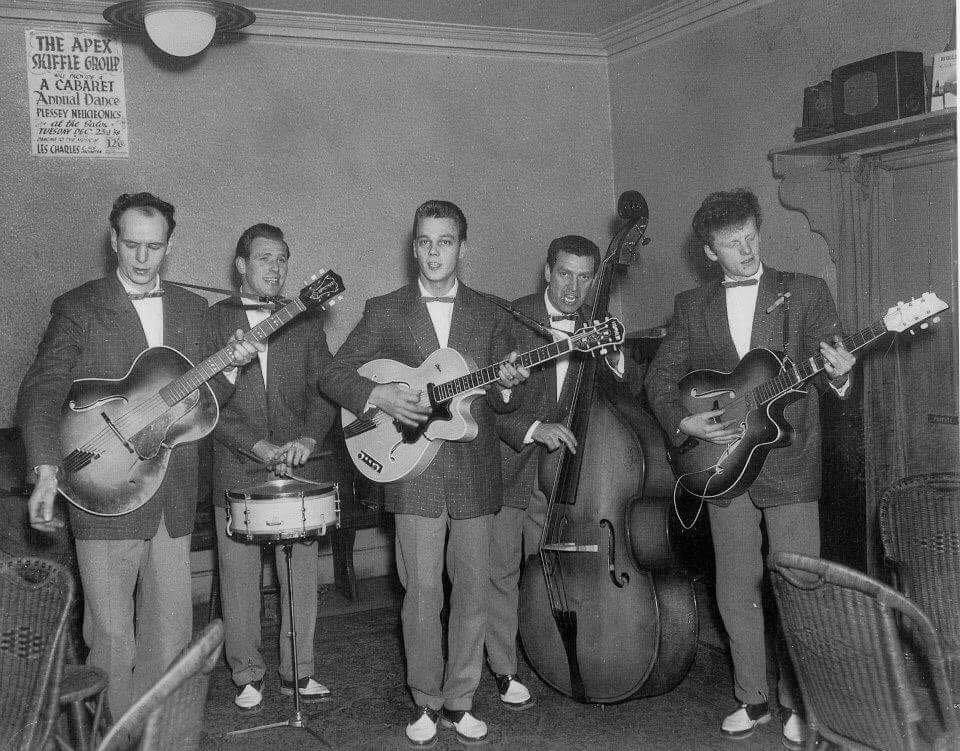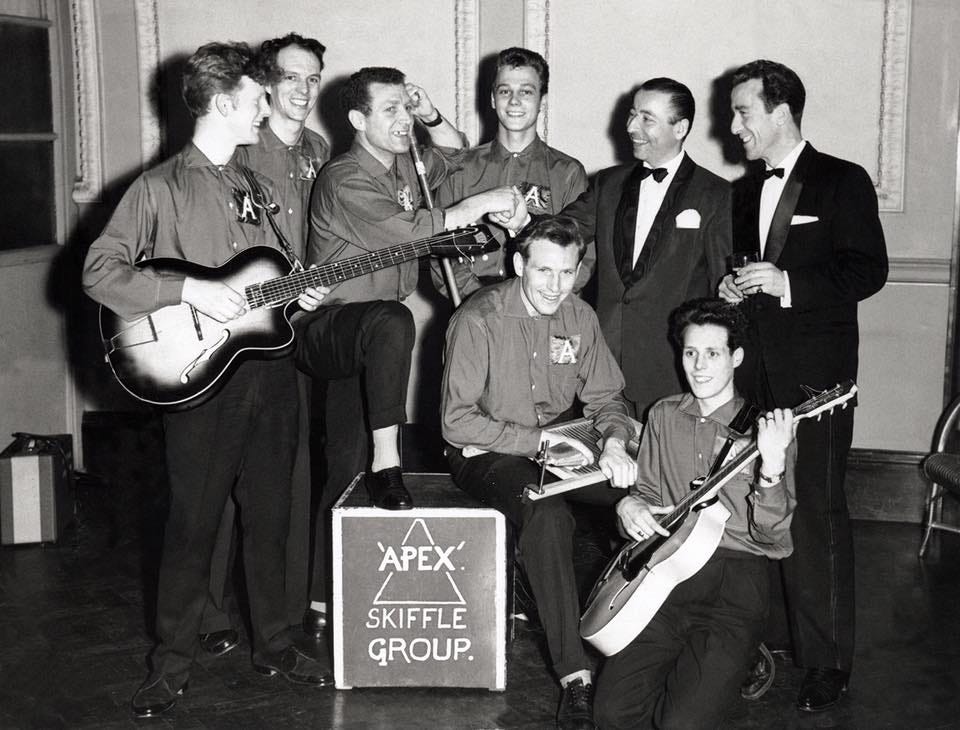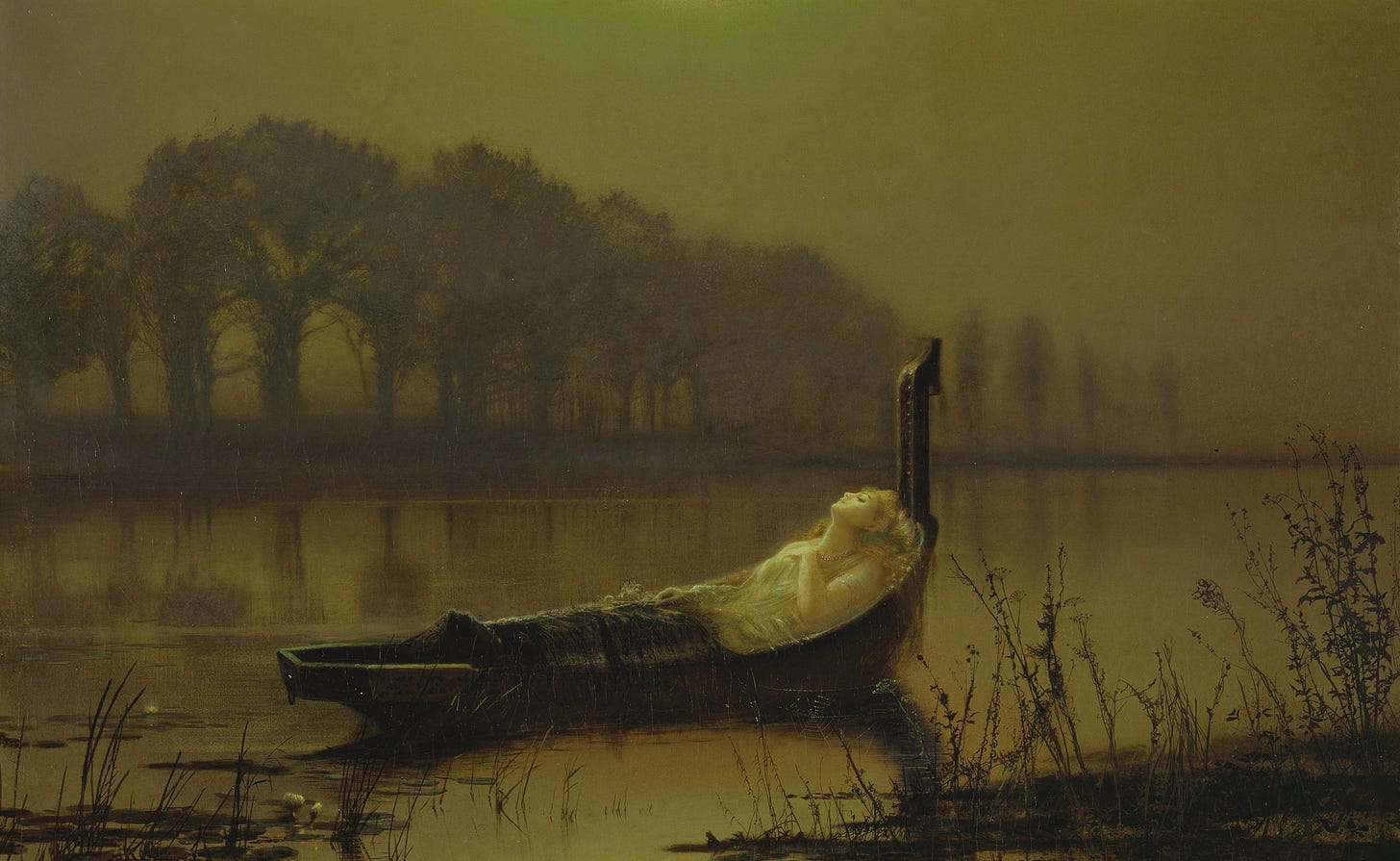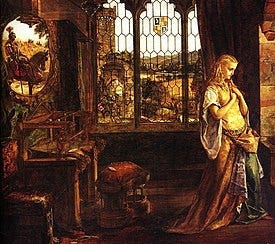In Bed of Roses Hunter states “what went on behind the scenes was beyond your wildest dreams” while the band “played all night long.” “People rave about ‘54” a reference to the groundbreaking rock ’n’ roll created at Sun Studios in Memphis. Ian says: “I can still feel it like yesterday.” “The Silver Bugs (get it, The Beatles, who were called the Silver Beatles at one time) ’n Sheridan” (Tony Sheridan), were there while Roy stayed “forever young” (Roy Young) and in the video for the single the Beatles and the Star Club are featured.
Ian experienced a similar apprenticeship to the Beatles in Germany. Comparable to the Beatles, Ian gigged in Germany to practice his craft, although not as successful as the Fab Four when they finally hit it big in England. Ian didn’t get a chance until 1969, close to when the Beatles were at their nadir, when Mott The Hoople released their first LP.
Ian establishes his credentials as that one early rocker who has aged well with the ability to mix the everyday with literary references and Bed is no exception. He refers to what “we used to call it Camelot with all them ladies of Shalott the people like to Lancelot.” "The Lady of Shalott" is a lyrical ballad by the 19th-century English poet Alfred Tennyson and one of his best-known works. He references Lancelot as the couple notices each other.
For the pop references The Silver Beetles were a short-lived cover band featuring 3 future members of The Beatles. John Lennon initially wanted to be called The Crickets, but Paul McCartney said, "I think that's already taken". It was Stuart Sutcliffe who suggested they call themselves The Beetles. The group often performed short 20 minute sets comprised entirely of top 40 hit covers. Anthony Esmond Sheridan McGinnity, known professionally as Tony Sheridan, was an English rock and roll guitarist who spent much of his adult life in Germany. He was best known as an early collaborator of the Beatles (though the record was labelled as being with "The Beat Brothers"), one of two non-Beatles (the other being Billy Preston) to receive label performance credit on a record with the group, and the only non-Beatle to appear as lead singer on a Beatles recording which charted as a single. Roy Frederick Young was a British rock and roll singer, pianist and keyboard player. He first recorded in the late 1950s before performing in Hamburg with the Beatles. After a stint with Cliff Bennett and the Rabble Rousers, he released several albums with his own band as well as recording with Chuck Berry and David Bowie, among others. Most importantly, Young toured the US in the 1980s with Hunter Ronson.
Hunter has kept alive the ground breaking music associated with Sun Records as the longest contributor first to rock 'n' roll, then classic rock, as well as his more innovative recent works.
Ian Hunter On Track for Sonicbond Publishing, TheDoctorOfDigital@pm.me
It is fitting that “Bed of Roses” with so many early rock ‘n’ references is the first single from Ian’s “Defiance Part 1” available at the legendary Sun Records:
In a short clip Ian verifies the apprenticeship he experienced in Germany.
https://youtube.com/shorts/kQUEORPq_go?feature=share
Ian in The Apex Skiffle Group on the far right.
Similar to the Beatles, Ian gigged in Germany to practice his craft, although not as successful as the Fab Four when they finally hit it big in England. Ian didn’t get a chance until 1969, close to when the Beatles were at their nadir, when Mott The Hoople released their first LP.
Ian depicted on the far left.
Ian establishes his credentials as that one early rocker who has aged well with the ability to mix the everyday with literary references and “Bed” is no exception. He refers to what “we used to call it Camelot with all them ladies of Shalott the people like to Lancelot.”
The Lady of Shalott by John Atkinson Grimshaw (1875)
"The Lady of Shalott" is a lyrical ballad by the 19th-century English poet Alfred Tennyson and one of his best-known works. Inspired by the 13th-century Italian short prose text Donna di Scalotta, the poem tells the tragic story of Elaine of Astolat, a young noblewoman stranded in a tower up the river from Camelot. Tennyson wrote two versions of the poem, one published in 1833, of 20 stanzas, the other in 1842, of 19 stanzas, and returned to the story in "Lancelot and Elaine". The vivid medieval romanticism and enigmatic symbolism of "The Lady of Shalott" inspired many painters, especially the Pre-Raphaelites and their followers, as well as other authors and artists.
The first four stanzas of the 1842 second version of the poem describe a pastoral setting. The Lady of Shalott lives in an island castle in a river which flows to Camelot, but the local farmers know little about her.
And by the moon the reaper weary,
Piling sheaves in uplands airy,
Listening, whispers, "'Tis the fairy
Lady of Shalott."
Stanzas five to eight describe the lady's life. She suffers from a mysterious curse and must continually weave images on her loom without ever looking directly out at the world. Instead, she looks into a mirror, which reflects the busy road and the people of Camelot who pass by her island.
She knows not what the curse may be,
And so she weaveth steadily,
And little other care hath she,
The Lady of Shalott.
The reflected images are described as "shadows of the world", a metaphor that makes it clear they are a poor substitute for seeing directly ("I am half-sick of shadows").
William Maw Egley, The Lady of Shalott, 1858
Stanzas nine to twelve describe "bold Sir Lancelot" as he rides by and is seen by the lady.
All in the blue unclouded weather
Thick-jewell'd shone the saddle-leather,
The helmet and the helmet-feather
Burn'd like one burning flame together,
As he rode down to Camelot.
The remaining seven stanzas describe the effect on the lady of seeing Lancelot; she stops weaving and looks out of her window toward Camelot, bringing about the curse.
Out flew the web and floated wide—
The mirror crack'd from side to side;
"The curse is come upon me," cried
The Lady of Shalott.
She leaves her tower, finds a boat upon which she writes her name, and floats down the river to Camelot. She dies before arriving at the palace. Among the knights and ladies who see her is Lancelot, who thinks she is lovely.
"Who is this? And what is here?"
And in the lighted palace near
Died the sound of royal cheer;
And they crossed themselves for fear,
All the Knights at Camelot;
But Lancelot mused a little space
He said, "She has a lovely face;
God in his mercy lend her grace,
The Lady of Shalott."
For the pop references The Silver Beetles were a short-lived cover band featuring 3 future members of The Beatles. John Lennon initially wanted to be called The Crickets, but Paul McCartney said, "I think that's already taken". It was Stuart Sutcliffe who suggested they call themselves The Beetles. The group often performed short 20 minute sets comprised entirely of top 40 hit covers.
Anthony Esmond Sheridan McGinnity (21 May 1940 – 16 February 2013), known professionally as Tony Sheridan, was an English rock and roll guitarist who spent much of his adult life in Germany. He was best known as an early collaborator of the Beatles (though the record was labelled as being with "The Beat Brothers"), one of two non-Beatles (the other being Billy Preston) to receive label performance credit on a record with the group, and the only non-Beatle to appear as lead singer on a Beatles recording which charted as a single.
Roy Frederick Young (20 October 1934 – 27 April 2018) was a British rock and roll singer, pianist and keyboard player. He first recorded in the late 1950s before performing in Hamburg with the Beatles. After a stint with Cliff Bennett and the Rabble Rousers, he released several albums with his own band as well as recording with Chuck Berry and David Bowie, among others.
Young toured the US in the 1980s with Ian Hunter and Mick Ronson.
It is fitting that “Bed of Roses” with so many early rock ‘n’ references is the first single from Ian’s “Defiance Part 1” available at the legendary Sun Records:
https://store.sunrecords.com/product/X3LPSR49/ian-hunter-defiance-part-1-lp?cp=null
Ian Hunter On Track for Sonicbond Publishing, TheDoctorOfDigital@pm.me
In a short clip Ian verifies the veracity of the information about his days in Germany.
SubStack text to be included here.










